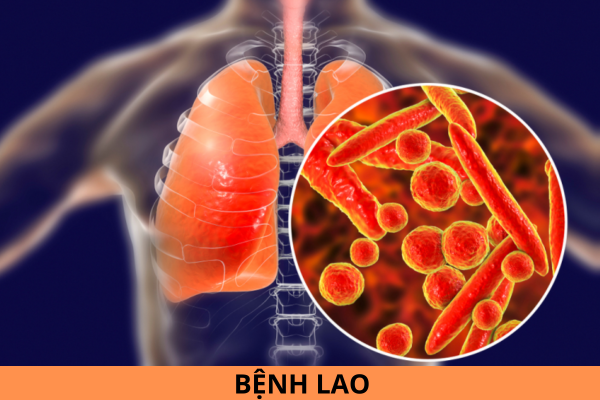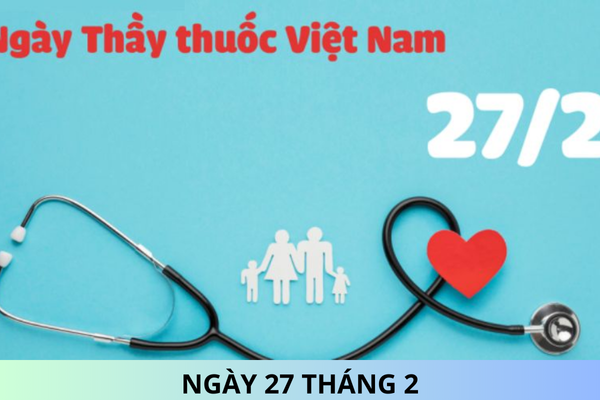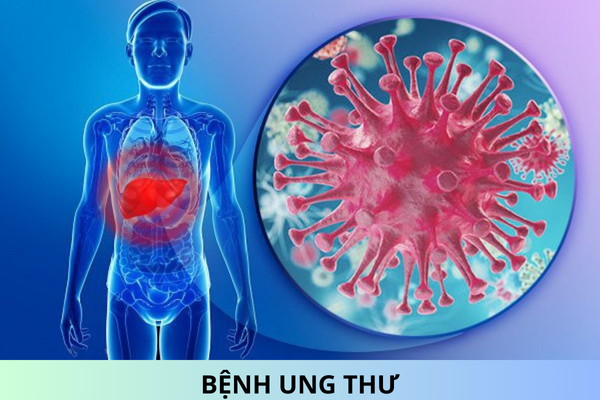Vietnam: What is tuberculosis? What are the symptoms of patients with suspected tuberculosis?
Will an employment contract of an employee undergoing tuberculosis treatment for 13 consecutive months in Vietnam be terminated?
According to Article 37 of the Labor Code 2019, the employer in Vietnam is not allowed to unilaterally terminate the employment contract in the following cases:
Cases in which an employer is prohibited from unilaterally terminating an employment contract
1. The employee is suffering from an illness or occupational accident, occupational disease and is being treated or nursed under the decision of a competent health institution, except for the cases stipulated in Point b Clause 1 Article 36 of this Labor Code.
2. The employee is on annual leave, personal leave, or any other types of leave permitted by the employer.
3. The employee is pregnant, on maternal leave or raising a child under 12 months of age.
According to Clause 1, Article 36 of the Labor Code 2019, the employer in Vietnam has the right to unilaterally terminate the employment contract in the following cases:
The right of an employer to unilaterally terminates the employment contract
1. An employer shall have the right to unilaterally terminate an employment contract in one of the following circumstances:
a) The employee repeatedly fails to perform his/her work according to the criteria for assessment of employees’ fulfillment of duties established by the employer. The criteria for assessment of employees’ fulfillment of duties shall be established by the employer with consideration taken of opinions offered by the representative organization of employees (if any);
b) The employee is sick or has an accident and remains unable to work after having received treatment for a period of 12 consecutive months in the case of an indefinite-term employment contract, for 06 consecutive months in the case of an employment contract with a fixed term of 12 – 36 months, or more than half the duration of the contract in case of an employment contract with a fixed term of less than 12 months.
Upon recovery, the employer may consider concluding another employment contract with the employee;
c) In the event of a natural disaster, fire, major epidemic, hostility, relocation or downsizing requested by a competent authority, the employer has to lay off employees after all possibilities have been exhausted;
d) The employee is not present at the workplace after the time limit specified in Article 31 of this Labor Code;
dd) The employee reaches the retirement age specified in Article 169 of this Labor Code, unless otherwise agreed by the parties;
e) The employee is not present at work without acceptable excuses for at least 05 consecutive working days;
g) The employee fails to provide truthful information during the conclusion of the employment contract in accordance with Clause 2 Article 16 of this Labor Code in a manner that affects the recruitment.
According to the above regulations, the employer can unilaterally terminate the employment contract with an employee undergoing treatment for illness or accident for 12 consecutive months.
In case of undergoing tuberculosis treatment for 13 consecutive months or more according to the doctor's instruction, the employer can terminate the employment contract. The termination of the employment contract by the employer is not against the law.
What is tuberculosis?
Under Subsection 1.1, Section 1, Part 1 of the Guidelines on Diagnosis, Treatment, and Prevention of Tuberculosis issued with Decision 162/QD-BYT in 2024, tuberculosis is defined as follows:
Some Basic Concepts
1.1. Tuberculosis: Tuberculosis is an infectious disease caused by the tuberculosis bacteria (Mycobacterium tuberculosis - MTB). Tuberculosis can affect all parts of the body, with pulmonary tuberculosis being the most common form (accounting for 80-85%), which is the main source of infection to others. Tuberculosis is transmitted through the air by inhaling small dust particles containing tuberculosis bacteria which are released when a person with active pulmonary tuberculosis coughs, spits, or sneezes. Tuberculosis can be fatal but can be treated and prevented.
...
Thus, tuberculosis is an infectious disease caused by tuberculosis bacteria, which can damage all parts of the body, with pulmonary tuberculosis being the most common form and the main source of infection to others.
Tuberculosis is transmitted through the air by inhaling small dust particles containing tuberculosis bacteria which are released when a person with active pulmonary tuberculosis coughs, spits, or sneezes. Tuberculosis can be fatal but can be treated and prevented

What is tuberculosis? What are the symptoms of patients with suspected tuberculosis in Vietnam? (Image from the Internet)
What are the symptoms of patients with suspected tuberculosis in Vietnam?
Based on Part 2 of the Guidelines on Diagnosis, Treatment, and Prevention of Tuberculosis issued with Decision 162/QD-BYT in 2024, patients with suspected tuberculosis are defined as follows:
Patients with suspected tuberculosis
Patients with suspected tuberculosis are those with at least one of the following symptoms: (1) Clinical symptoms suspected of tuberculosis, (2) A medical condition or factor that increases the risk of tuberculosis, (3) Abnormal chest X-ray images or other diagnostic imaging methods suspected of tuberculosis.
...
Thus, patients with suspected tuberculosis are those with at least one of the following symptoms:
(1) Clinical symptoms suspected of tuberculosis
- For adults: Persistent cough lasting more than 02 weeks (dry cough, productive cough, coughing up blood) is the most important sign of suspicion for tuberculosis. Other symptoms may include:
+ Weight loss, poor appetite, fatigue
+ Mild fevers in the afternoon, prolonged fevers without clear cause lasting longer than 02 weeks
+ Night sweats
+ Chest pain, occasionally difficulty breathing
- For children: The disease course is prolonged for more than 02 weeks, with at least one of the following symptoms:
+ Persistent cough
+ Prolonged or recurrent wheezing that does not respond to bronchodilators
+ Unexplained weight loss or failure to gain weight in the past 03 months
+ Unexplained fever
+ Fatigue, reduced playfulness
+ Poor appetite
+ Night sweats
+ Symptoms of acute pneumonia that do not respond to 02 weeks of antibiotic treatment
- Clinical symptoms suspected of extrapulmonary tuberculosis: may include general systemic symptoms and local symptoms at organs suspected of tuberculosis.
(2) A medical condition or factor that increases the risk of tuberculosis
- Direct contact with the source of infection, especially children.
- Previous history of diagnosed or treated tuberculosis.
- Immunosuppressive disorders, such as: autoimmune disease, HIV infection, prolonged use of immunosuppressive drugs (Corticosteroids), chemotherapy for cancer, or other immunosuppressive diseases.
- Chronic diseases: diabetes, chronic kidney failure, etc.
- Malnourished children, especially severely malnourished children and children who have not been vaccinated with BCG vaccine.
- Living in closed, poorly ventilated environments, such as correctional officers, prisoners, mental health patients,...
- Drug, alcohol, tobacco addicts.
- Healthcare workers, especially healthcare workers in tuberculosis and lung disease specialties.
(3) Abnormal chest X-ray images or other diagnostic imaging methods suspected of tuberculosis
- For adults:
+ Lesions often found in segments 1, 2 of the upper lobe and segment 6 of the lower lobe. In practice, the upper third of the lung is the common site for tuberculosis lesions. Common lesion forms include:
+ Lung parenchyma consolidation: typically involves consolidation of a few segments at different sites, with consolidated lung areas usually non-homogeneous, often accompanied by opaque lines (fibrosis), rarely involving the consolidation of an entire lung lobe (tuberculosis pneumonia). Consolidation may form from large nodules with indistinct borders, these nodules cluster or coalesce.
+ Cavity: is a common lesion, the number may be many or a single cavity, sizes can vary, with different thick and thin walls, but the inside wall of the cavity is always uniformly smooth, the cavity is empty (distinct from cavities caused by cancer or fungus, especially chronic Aspergillus lung infection). Cavities usually appear inside consolidated lung areas or nodules, seeing fluid levels inside cavities is uncommon.
+ Pleural effusion: the amount of fluid can be more or less. Fluid usually occurs on one side but can be bilateral. Fluid can be free or localized. Pleural effusion can be singular or accompanied by lung parenchymal lesions. Pleural effusion can be associated with pleural thickening or calcification.
+ Rarer lesions include:
++ Nodules: this form may manifest as small nodules, miliary dissemination affecting both lungs, or as a solitary tuberculoma. The more common form of nodules are larger nodules with indistinct margins (alveolar nodules), these nodules tend to cluster forming consolidated areas. When nodules appear together with cavities or consolidation but in different lobes, this suggests airway spread.
++ Atelectasis: Atelectasis due to airway lesions (airway tuberculosis) or fibrosis (tractional atelectasis). Atelectasis usually occurs in the upper lobe, but rarely involves an entire lung. Fibrosing atelectasis forms are more common than those caused by airway lesions.










